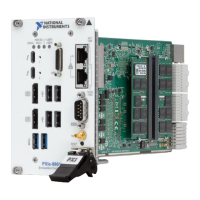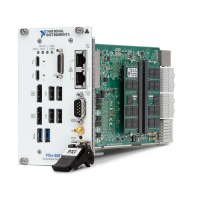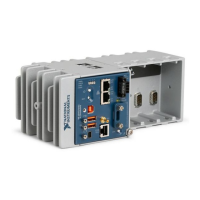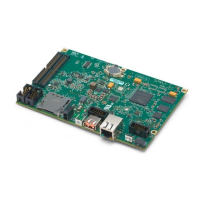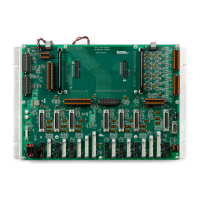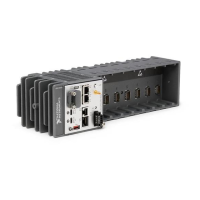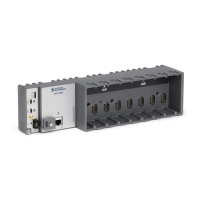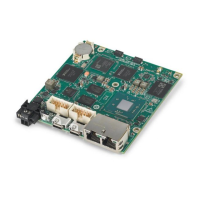© National Instruments | 2-17
RMC-8357 User Manual
Lockstep x4 DIMMs
Select Enable to enable Lockstep Technology support for x4 DIMM modules. The options are
Auto, Disabled, and Enabled.
Memory Rank Sparing
This item indicates if memory rank sparing is supported by the motherboard. Memory rank
sparing enhances system memory performance. The options are Enabled and Disabled.
Patrol Scrub
Patrol Scrubbing is a process that allows the CPU to correct correctable memory errors detected
in a memory module and send the correction to the requestor (the original source). When this
item is set to Enable, the IO hub will read and write back one cache line every 16 K cycles if
there is no delay caused by internal processing. By using this method, roughly 64 GB of memory
behind the IO hub will be scrubbed every day. The options are Enable and Disable.
Patrol Scrub Interval
Use this item to specify the number of hours (between 0 to 24) required for the system to
complete a full patrol scrubbing. Enter 0 for patrol scrubbing to be performed automatically.
The default setting is 24.
Demand Scrub
Demand Scrubbing is a process that allows the CPU to correct correctable memory errors found
in a memory module. When the CPU or I/O issues a demand-read command, and the read data
from memory turns out to be a correctable error, the error is corrected and sent to the requestor
(the original source). Memory is corrected as well. Select Enable to use Demand Scrubbing for
ECC memory correction. The options are Enable and Disable.
Device Tagging
Select Enable to support device tagging. The options are Disable and Enable.
South Bridge
The following South Bridge information will display:
• USB Configuration
• USB Module Version
• USB Devices
Legacy USB Support
Select Enabled to support onboard legacy USB devices. Select Auto to disable legacy support
if there are no legacy USB devices present. Select Disable to have all USB devices available for
EFI applications only. The options are Enabled, Disabled and Auto.
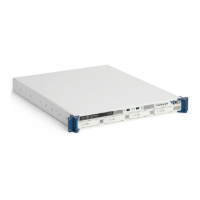
